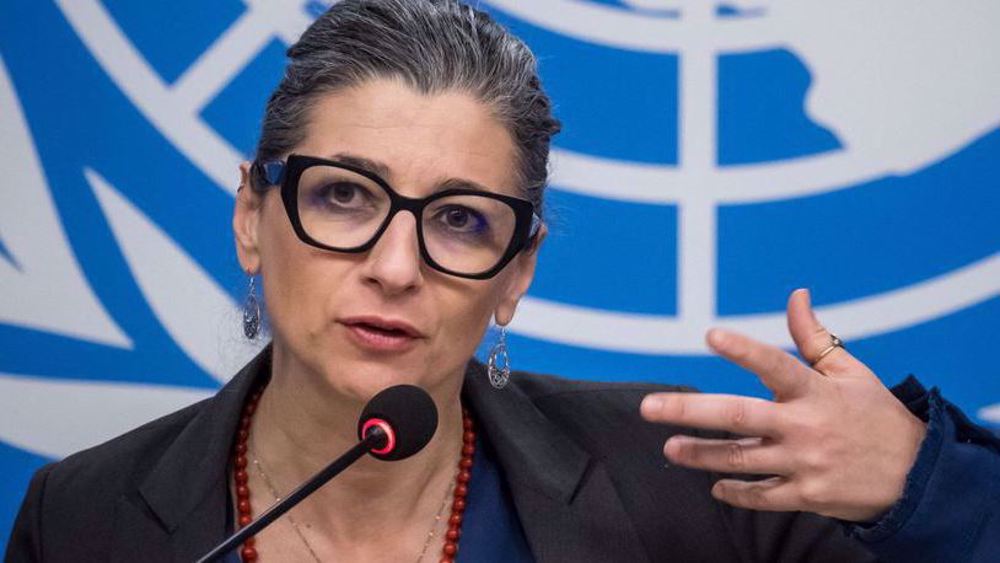Iran plans to use nanoclay particles to control haze
Iran plans to start using nanoparticles to tackle air pollution, particularly to control haze and dust particles, an Iranian university professor says.
Majid Abbaspour said on Tuesday that 150 tons of nanoclay will be applied to stop the formation of haze over an area of more than 3,000 hectares in Isfahan province, Mehr news agency reported.
He added that intensive research has been carried out in a number of universities and research centers across the country, and that the pilot phase of the project will start shortly in the Khorsgan branch of the Islamic Azad University.
Abbaspour, who is the dean of the faculty of Environment and Energy of the Science and Research Branch of the Islamic Azad University, stated that if the nanoclay project yields positive results in the pilot phase, the method will be applied to control haze in several regions of the country, including the southwestern province of Khuzestan.
He also explained that nanoclay is made up of particles with large amounts of vast space in their molecular structure that gives them the capability to absorb and maintain small amounts of moisture.
This capability of nanoclay stops haze and dust particles in the deserts from becoming airborne.
Abbaspour added that tests have proven that nanoaclay particles are extremely stable and are more effective than other methods, such as using mulch.
In 2011, the World Health Organization placed Ahvaz, the capital of oil-producing Khuzestan province, among the most polluted cities of the globe based on data on the amount of atmospheric particulate matter in its air.
SRK/MHB/AS
Israeli embassy shooting in Jordan leaves gunman dead, 3 police injured
VIDEO | Paris march in support of Palestine women
VIDEO | ICC issues arrest warrants for Israeli prime minister, ousted regime war minister
120 Palestinians perish as Israeli war machine keeps ravaging Gaza
VIDEO | Struggles of Palestinian women amidst war, displacement
VIDEO | Hezbollah rains attack drones down on elite Israeli brigade
VIDEO | US biased mediation fails
Leader: All captains of criminal, Zionist, terrorist gang must be prosecuted










 This makes it easy to access the Press TV website
This makes it easy to access the Press TV website